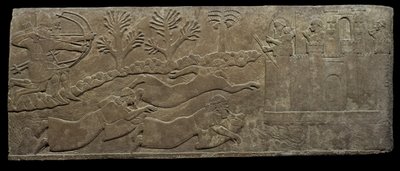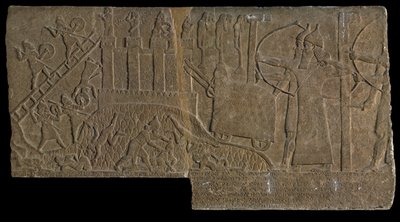Bread and Puppet photos
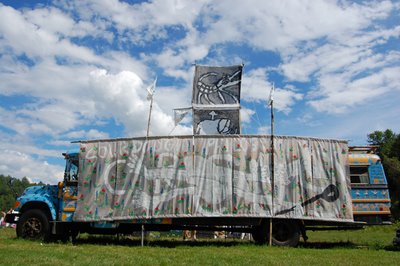
I’ve posted a bunch of photos from my visit last month to Bread and Puppet Theater in Glover, Vermont, here.

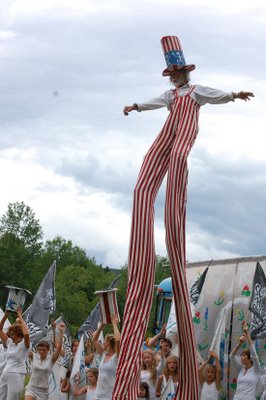
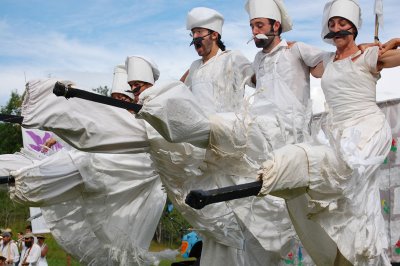
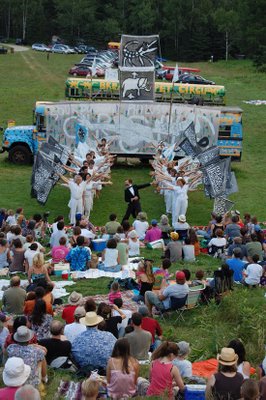

Political non-participation in my social sphere often stems from not wanting to 'play the game.' But I’m pretty sure that if you are standing in a city, driving a car down a public road, emailing whoever for whatever, or eating food not grown within walking distance (and even then) you Are playing the game. Earth (and beyond) is the board, and it needs your help to stay a cool place to play. Your town, the country, the entire planet is interconnected now more than ever. We share resources across the globe and we need to participate in our little corner to hold the whole puzzle together. ... I vote in all my local and national elections, and though it won’t solve my every problem, it might effect something. It might mean more money for science, or a more flexible, inspired educational system. It might mean marriage rights for all or government incentives for new energy research. Sure it’s a “maybe”, but it’s an easy one to reach for. Picture a huge heavy ball with hundreds of people trying to push it, add your little bit of weight and at that moment it may give, the ball is rolling. Four years ago Lightning Bolt was on tour in Europe right before the election watching the debates when we could, I specifically remember watching Edwards debate Cheney. Cheney, his pals probably seizing contracts to rebuild Iraq already. What a scheme they had, blow a country up and get everyone to pay you to put it back together. At this point I wouldn’t be surprised if Bush had an adviser with a bodybag company. These people are my representatives? Touring in Europe and apologizing to everyone for being from the USA. My country, a country that invades sovereign nations. A country that from the rest of the world’s perspective is a thuggish bully with the capacity to nuke the planet to atoms.Read Chippendale’s full text here.
My eyes welled up with tears listening to Obama speak at the DNC, finally a person who I can be proud of, a figurehead who respects intelligence and speaks with intelligence. … [He will] make the mature decisions to put us on the path towards reason and renewal.
 Trevor Smith has been hired as the first curator of contemporary art at the Peabody Essex Museum in Salem, Massachusetts, the institution announced today. Smith arrives from curatorial posts at Bard, where he organized “Martin Creed: Feelings” last year, and New York’s New Museum, where he co-organized the 2005 show “Andrea Zittel: Critical Space.” These are up-to-the-minute shows of major, challenging contemporary artists. Smith’s hiring is another major statement of the Peabody Essex’s aim to be a kick-ass world-class player – this time in contemporary art. Wow.
Trevor Smith has been hired as the first curator of contemporary art at the Peabody Essex Museum in Salem, Massachusetts, the institution announced today. Smith arrives from curatorial posts at Bard, where he organized “Martin Creed: Feelings” last year, and New York’s New Museum, where he co-organized the 2005 show “Andrea Zittel: Critical Space.” These are up-to-the-minute shows of major, challenging contemporary artists. Smith’s hiring is another major statement of the Peabody Essex’s aim to be a kick-ass world-class player – this time in contemporary art. Wow.His degree from the University of British Columbia, Vancouver, was followed by diverse curatorial residencies and graduate studies at the University of Sydney, Australia, and Cité International des Arts, Paris. Based in Australia from 1992 to 2003, he worked first on the Biennale of Sydney and was Curator of Contemporary Art at the Art Gallery of Western Australia. From 2003 to 2006 he was a senior curator at the New Museum of Contemporary Art in New York, where he co-curated the award- winning traveling exhibition “Andrea Zittel: Critical Space.” Most recently, he has been curator-in- residence at the Center for Curatorial Studies, Bard College, in Annandale-on-Hudson, New York.
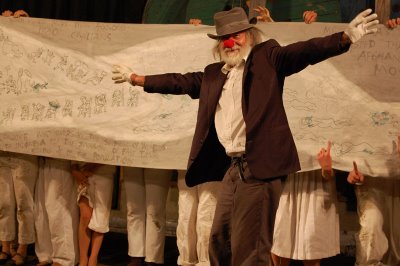
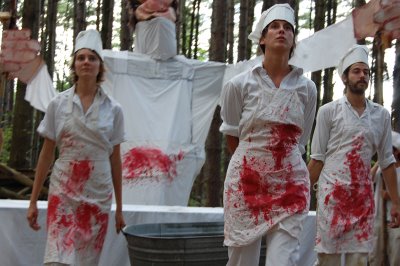
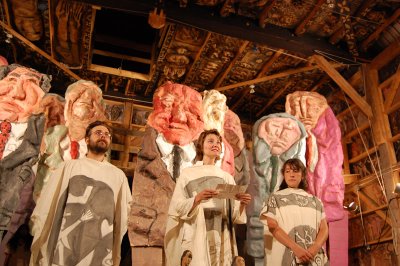
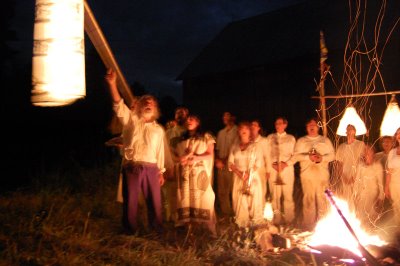
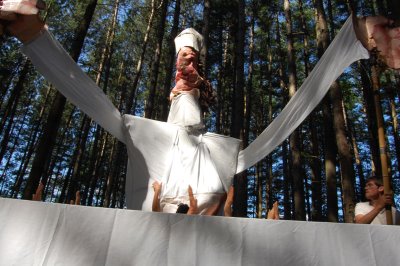
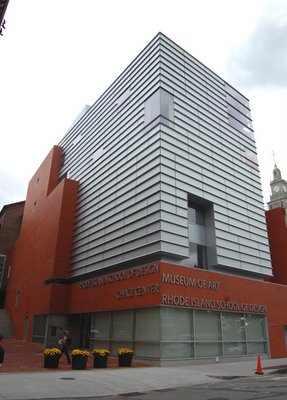
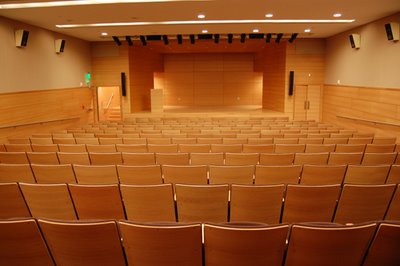
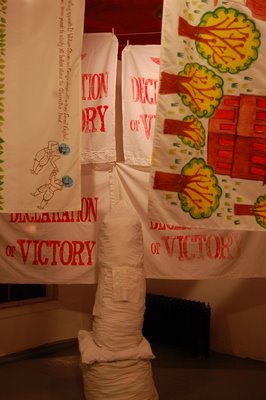
Cook implements American history to show us an interrelation between early American settlers’ obsession with “victory” and present day horrors of Iraq and Guantanamo Bay. Cook’s phallic missile made out of bed sheets alarmingly addresses a sexual lust for war…Read the rest here – if you dare. You can see photos of the exhibit – including my obelisk monument (not missile) – at the top of this page. And you can sample Kari's art here and here.
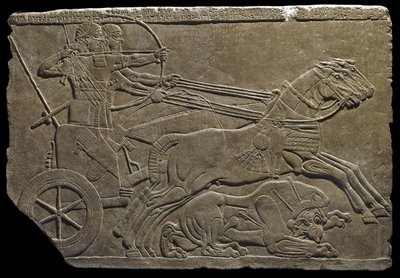
In 1841, Austen Henry Layard was traveling to India, by way of Baghdad, to find work practicing law. But the Brit craved adventure, and he seized every excuse to wander off track. So in what is now northern Iraq, he rode his horse into mounds near Mosul. He spotted pottery shards and fragments of mud bricks that got his mind working over the old tales that this had been the site of the ancient Assyrian capital of Nineveh.Read the rest here.
“Desolation meets desolation,” Layard wrote, “a feeling of awe succeeds to wonder; for there is nothing to relieve the mind, to lead to hope, or to tell of what has gone by. These huge mounds of Assyria made a deeper impression upon me, gave rise to more serious thoughts and more earnest reflection, than the temples of Balbec and the theatres of Ionia.”
He continued on to what is now Iran but soon abandoned his journey to India, and in 1845 he secured funding (first from a British ambassador, then from the British Museum) to return to Mosul for an archæological dig. The marvels he unearthed are the core of “Art and Empire: Treasures from Assyria in the British Museum."
